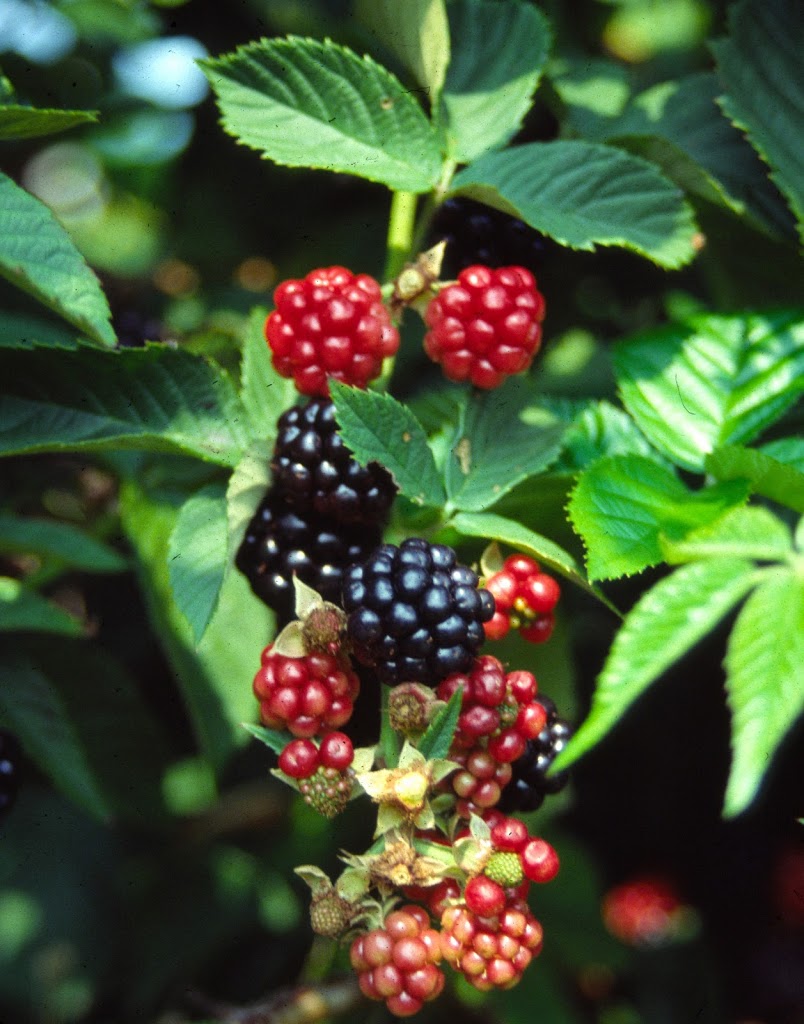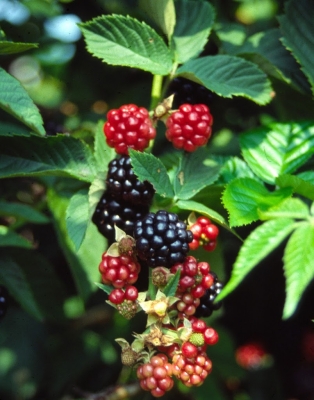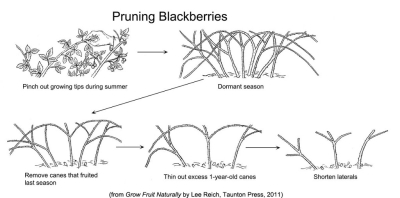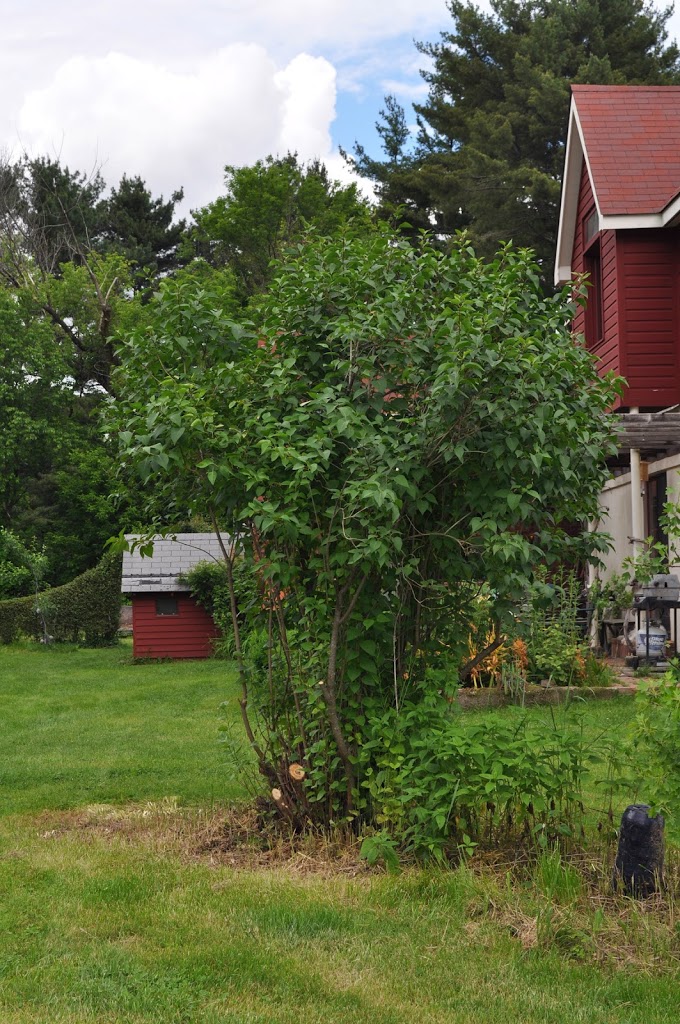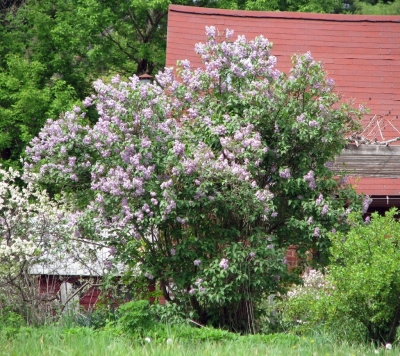A NAME FOR A NAME, AND A WEBINAR
(The following is adapted from my book, A Northeast Gardener’s Year.)
It’s Not All in a Name
With only a name to go on, which tomato would you choose to grow: Supersonic or Oxheart? If the name Oxheart seems a bit too gruesome, make the choice between Supersonic and Ponderosa. My guess is that most gardeners would choose Oxheart or Ponderosa for a tomato, Supersonic for an airline. What compels a contemporary plant breeder to give a tomato a name like Supersonic?
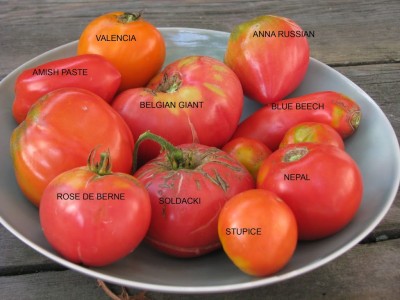
Many old-time names of vegetables – Oxheart and Ponderosa tomatoes are examples — were a lot more appealing than some of the newer names. It could even be that a good name is part of the reason a vegetable of yore still appears in today’s catalogues amongst all the new hybrids.
What’s the Difference?
These names I am talking about are “cultivar” names, or what were once called “variety” names. Problem is that the word “variety” can have two meanings with respect to plants, referring either to a horticultural variety or a botanical variety. To avoid confusion between the two meanings, the word “cultivar” was written into the International Code of Nomenclature of Cultivated Plants in 1958.
A botanical variety is a naturally occurring population of plants one subdivision below the species level. A cultivar is a cultivated variety of plant. All cabbages are Brassica oleraceae var. capitata; all broccolis are Brassica oleraceae var. italica. Early Jersey Wakefield is one cultivated variety, or cultivar, of cabbage, designated, in full, as Brassica oleraceae var. capitata cv. Early Jersey Wakefield. No need to rattle off this whole name when you’re looking for a pack of this seed. Just ask for “Early Jersey Wakefield cabbage.”

Why That Name?
Many old-time cultivars have interesting names, interesting sometimes for no other reason than because the rationale behind the name is not immediately obvious. As I thumb through a catalogue of vegetable cultivars, I can’t help but wonder why anyone would name a parsnip cultivar The Student. The same goes for Old Bloody Butcher corn and the Missing Link apple. Such names surely were not chosen as marketing ploys. In the case of the string bean cultivar Lazy Wife, the rationale behind the (sexist) name is not at all obscure (old-fashioned string beans had to be de-stringed). Compare such clever names with those of some of today’s cultivars — Superhybrid eggplant, Green Duke broccoli, or Bounty green bean.
Some of the old cultivar names have a nice ring to them. Who can resist growing a corn called Country Gentleman, or a bean called Red Valentine? Such names are more appealing than cutesy names like Kandy Korn corn or Tasty Hybrid pepper. Well, at least the pepper is Tasty Hybrid, rather than Tastee Hybrid.
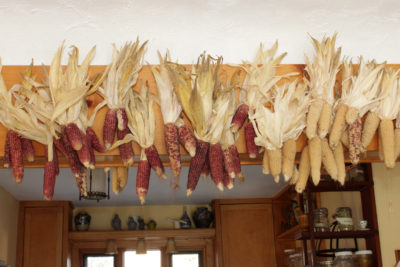
Popcorn: Old Dutch Buttered and Pink Pearl
Which cultivar name sounds more appealing to you: Red-Cored Chantenay carrot or Six-Pack carrot? Calabrese broccoli or Packman (or is it Pac-Man?) broccoli?
Some of the old names might have had appeal in their day, but just would not fly today. With metropolitan New York City looming closer than ever, Hackensack melon can’t evoke the bucolic tang it did back in 1929. And I doubt that any plant breeder today would name a beet cultivar Detroit Dark Red. Nothing against Detroit, but it is a name better applied to an automobile or a kind of music than to a beet cultivar.
Calm Down
Before you lovers of Supersonic, Jetstar, and Ultra-Boy tomatoes get your hackles up, remember that I’m not knocking the quality of these varieties — whoops, cultivars — but only their names.
In fact, appealing names often were assigned to cultivars of dubious merit in the past. The name Sops of Wine makes my mouth water more than did the actual apple. The same goes for Maiden Blush apple – beautiful name (and beautiful fruit), but mediocre eating quality. On the other hand, how about the luscious, relatively modern apple with the vapid name of Jonagold. The appellation was derived simply by combining the names of its parents, Jonathan and Golden Delicious.
As you peruse seed racks, garden catalogues, and websites in the coming weeks, think about what makes you choose one cultivar over another. By the way, for flavor, I highly recommend Early Jersey Wakefield cabbage.
Get Ready For Spring, With a Webinar
I will be hosting a WEEDLESS GARDENING webinar on Monday, February 22nd for $35. It will run from 7-8:30 pm EST and there will be plenty of opportunity to ask questions. For details, go to www.leereich.com/workshops. Or trust me, and go right to registration (required) at https://us02web.zoom.us/webinar/register/WN_WqSCBtOGTqqjGgbOHOuxfg .

